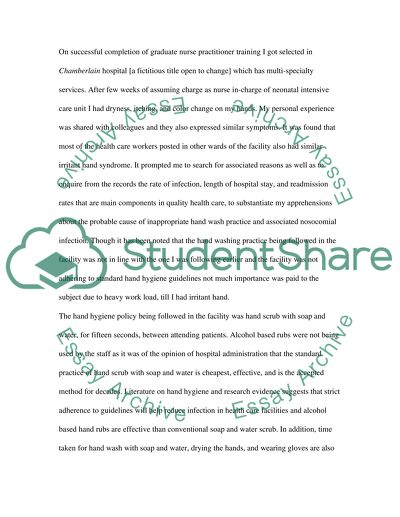Cite this document
(“Nursing: handwashing vs. alcohol based gel part 2 Essay”, n.d.)
Retrieved from https://studentshare.org/miscellaneous/1555273-nursing-handwashing-vs-alcohol-based-gel-part-2
Retrieved from https://studentshare.org/miscellaneous/1555273-nursing-handwashing-vs-alcohol-based-gel-part-2
(Nursing: Handwashing Vs. Alcohol Based Gel Part 2 Essay)
https://studentshare.org/miscellaneous/1555273-nursing-handwashing-vs-alcohol-based-gel-part-2.
https://studentshare.org/miscellaneous/1555273-nursing-handwashing-vs-alcohol-based-gel-part-2.
“Nursing: Handwashing Vs. Alcohol Based Gel Part 2 Essay”, n.d. https://studentshare.org/miscellaneous/1555273-nursing-handwashing-vs-alcohol-based-gel-part-2.


